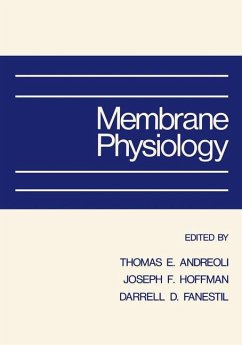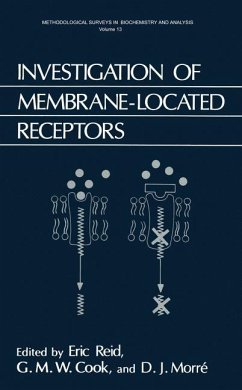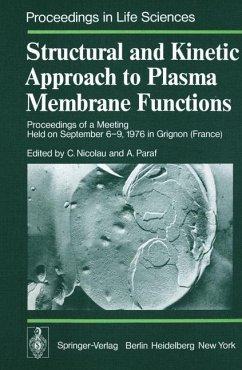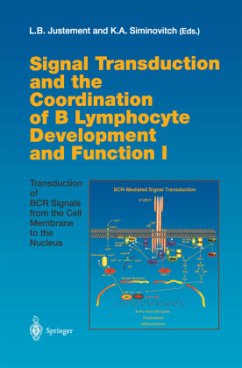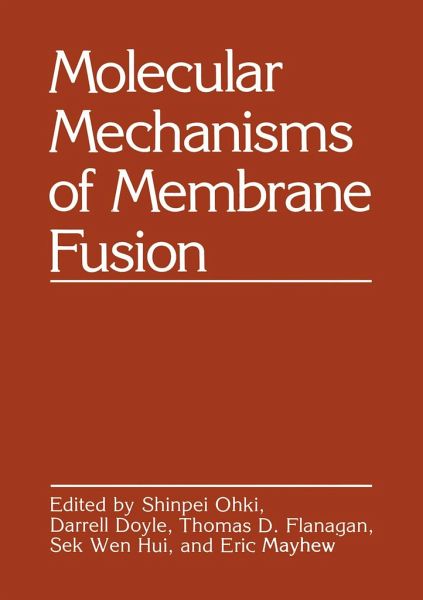
Molecular Mechanisms of Membrane Fusion
Versandkostenfrei!
Versandfertig in 6-10 Tagen
115,99 €
inkl. MwSt.
Weitere Ausgaben:

PAYBACK Punkte
58 °P sammeln!
Membrane fusion is an important molecular event which plays a pivotal role in many dynamic cellular processes, such as exocytosis, endocytosis, membrane biogenesis, fertilization, etc. While many reports on the physico-chem1cal process involved in membrane fusion have appeared in the literature and much information has accumulated, there has been no comprehensiv~ meeting of workers in the field. A recent symposium which took place at the Center for Tomorrow, State University of New York at Buffalo, New York, April 27-29, 1987, was the first meeting of its kind to specifically address the molec...
Membrane fusion is an important molecular event which plays a pivotal role in many dynamic cellular processes, such as exocytosis, endocytosis, membrane biogenesis, fertilization, etc. While many reports on the physico-chem1cal process involved in membrane fusion have appeared in the literature and much information has accumulated, there has been no comprehensiv~ meeting of workers in the field. A recent symposium which took place at the Center for Tomorrow, State University of New York at Buffalo, New York, April 27-29, 1987, was the first meeting of its kind to specifically address the molecular mechanisms of membrane fusion. The Symposium consisted of oral, workshop and poster presentation sessions. The papers presented in the oral and workshop sessions are collected here and arranged approximately in the order presented at the Symposium. These papers are the most up-to-date and representative work at the for front of each aspect of membrane fusion. Although the readers may find some differences in interpretations regarding the molecular mechanisms of membrane fusion, there is an over all concensus that increased hydrophobicity and dehydration of the membrane surface are essential physico-chemical factors for membrane fusion to occur. We trust that these papers will contribute to your further understanding of the mechanisms of membrane fusion.







